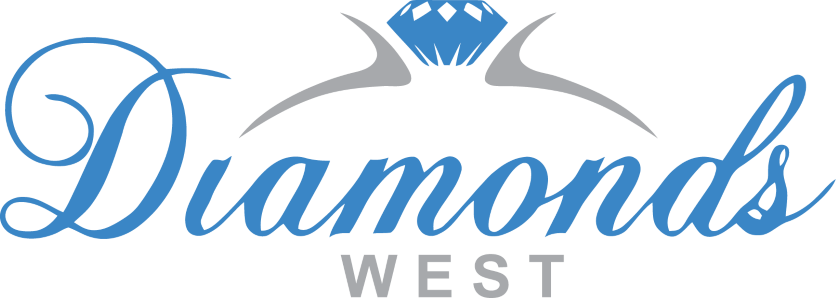GIA
The Gemological Institute of America, is the leading gemological laboratory in the world. It is the industry’s most trusted and most widely used service. Headquartered in Carlsbad, California, GIA has offices in many cities around the world, employing more than 1400 scientists, educators and certified diamond graders.
Besides gem grading and certification, GIA also provides educational services and carries out intensive research work to keep up with fast changing technologies in the gemological field.
In the industry, the GIA diamond reports are highly recognized for their strict grading standards and proven consistency. When buying an engagement ring with a GIA report, it provides you with the greatest peace of mind that the diamond’s quality is accurately represented.
AGS
American Gemological Society and it is also a US based laboratory (with main offices in Las Vegas). The AGS laboratory is renowned for its scientific approach and research in diamond cut grading. Instead of using an alphabetical rating system, AGS uses a scale of 0-10 for rating a diamond’s characteristics, with 0 as the best and 10 as the worst.
Like GIA, AGS is also known for their ethical standards and consistency in their grading system. In the US market, the AGS lab is the second most widely used lab service after GIA. They are also globally consolidated through offices in Israel, Belgium, India, China and Hong Kong.
AGS is a trusted gemological lab with reliable grading standards and they assess cut quality on a stricter standard compared to GIA. At the core of AGS’s cut grading system is a robust optical ray-tracing assessment which measures the light performance of a diamond.
In the industry, the truly well cut super ideal diamonds are sent to AGS instead of GIA as that is where the “wheat is separated from the chaff”. That’s because the AGS cut grading system is a lot more advanced and less forgiving when assessing a diamond’s craftsmanship and performance.
EGL
European Gemological Laboratory. It is a European founded grading agency and has a big global presence – with offices in London, Paris, Tel Aviv, Tokyo, Johannesburg, among others. EGL is known for pioneering diamond grading techniques for stones weighing less than a carat and has a large market share in Europe.
They are also notoriously known for the introduction of the ‘SI3’ clarity rating for diamonds and have also been embroiled in controversial consumers lawsuits for overgrading diamonds.
IGI
International Gemological Institute that is based in Antwerp, Belgium. After GIA, they are actually the 2nd most well-known lab in the world.
IGI actually grades a significant amount of polished diamonds in the market and they are prevalent in Asian countries. IGI also grades synthetic diamonds on a commercial scale.
While EGL and IGI are more widely known in Europe and Asia, they both operate offices in key cities like New York. As a result, it won’t be uncommon for you to see retailers carrying diamonds with reports from these labs.
DO NOT CONFUSE APPRAISALS FOR CERTIFICATION

